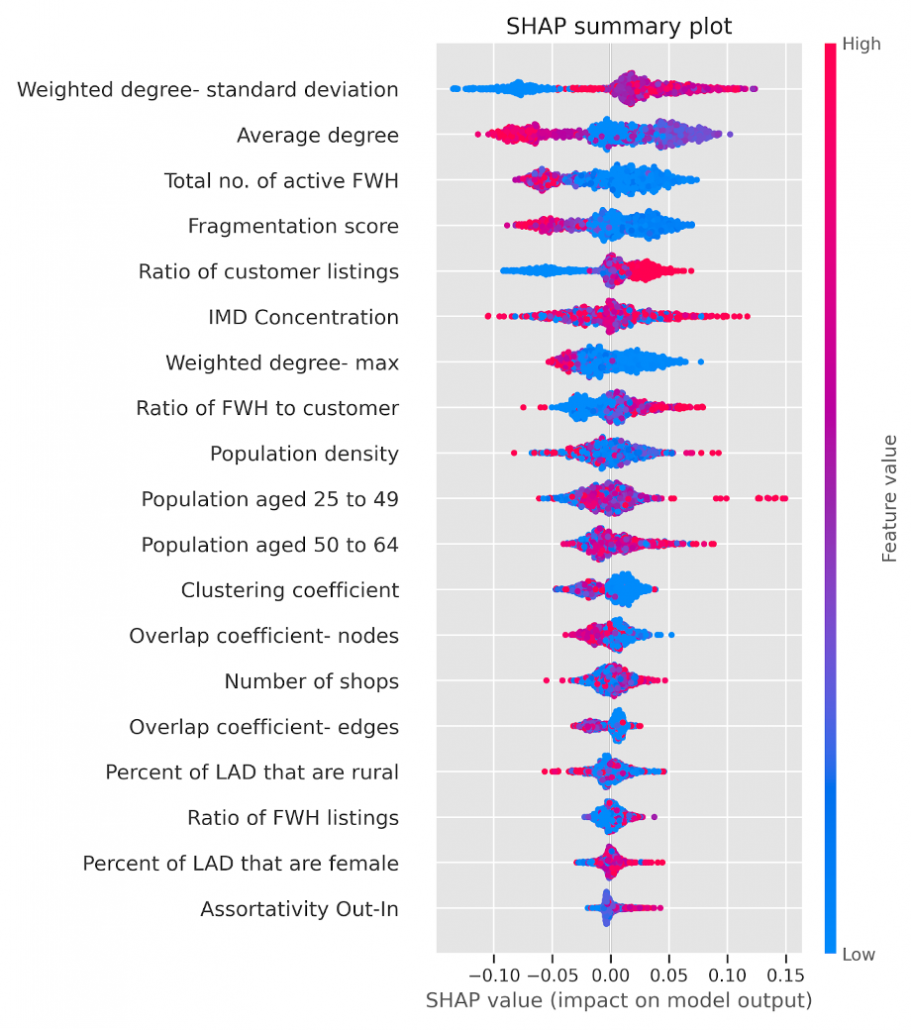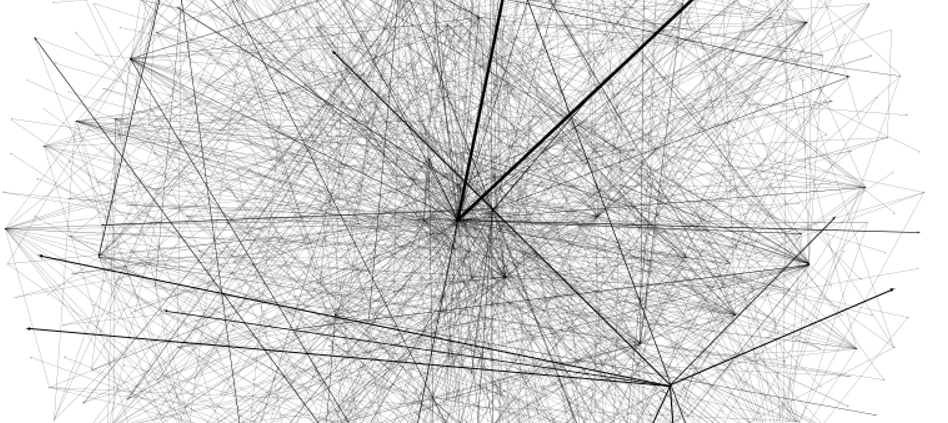Using big data, network analysis and machine learning to understand user acquisition and retention
What contributes to the growth of sharing platforms? Through analysing 5 million sharing activities over 4 years across England, this study aims to better understand the influence of sharing behaviours alongside environmental and social network attributes of users, on the growth dynamics of sharing platforms.
The increasing popularity of hyperlocal sharing platforms marks a shift in economic practices, centering on community-based resource access. However, there is a notable lack of empirical research on how these networks evolve and the influence of local conditions on their growth. This gap points towards a need for understanding the dynamics and success factors of these emerging economic models. Our study examines the growth of hyperlocal sharing networks through the collaboration with Olio, the largest food-sharing platform in the UK to analyze the evolution of these networks and the factors influencing their success. Through the study, we identified key drivers of growth, such as the distribution of super-users, active volunteer engagement, and the formation of organized communities. The findings offer four key managerial insights for enhancing the development of new sharing networks within the circular economy.
This study analysed over 5 million sharing activities across 312 English districts over 51 months. We developed a predictive machine learning model, integrating a range of variables such as temporal network structures, user behavioral patterns, and local demographic and environmental factors. This model aimed to identify and predict key predictors influencing the growth and sustainability of the sharing networks. To enhance the model’s interpretability and identify the most influential variables, we applied SHAP (SHapley Additive exPlanations) variable importance methods, an analytical technique that dissects the contribution of each variable to the model’s predictions.

Figure 1 – SHAP explanation on growth predictions.
Our study’s findings revealed several key factors critical to the growth and success of hyperlocal sharing networks. The distribution of super-users, the presence and activity of volunteers on the network, and the establishment of well-structured communities emerged as key predictors of growth and user retention. These factors significantly influenced the networks’ ability to expand and sustain themselves. This comprehensive analysis led to the development of four strategic managerial insights, offering a roadmap for optimizing the growth of new sharing networks within the circular economy. These insights are instrumental in guiding platform administrators in fostering robust, sustainable food-sharing networks that contributes to the circular economy.



